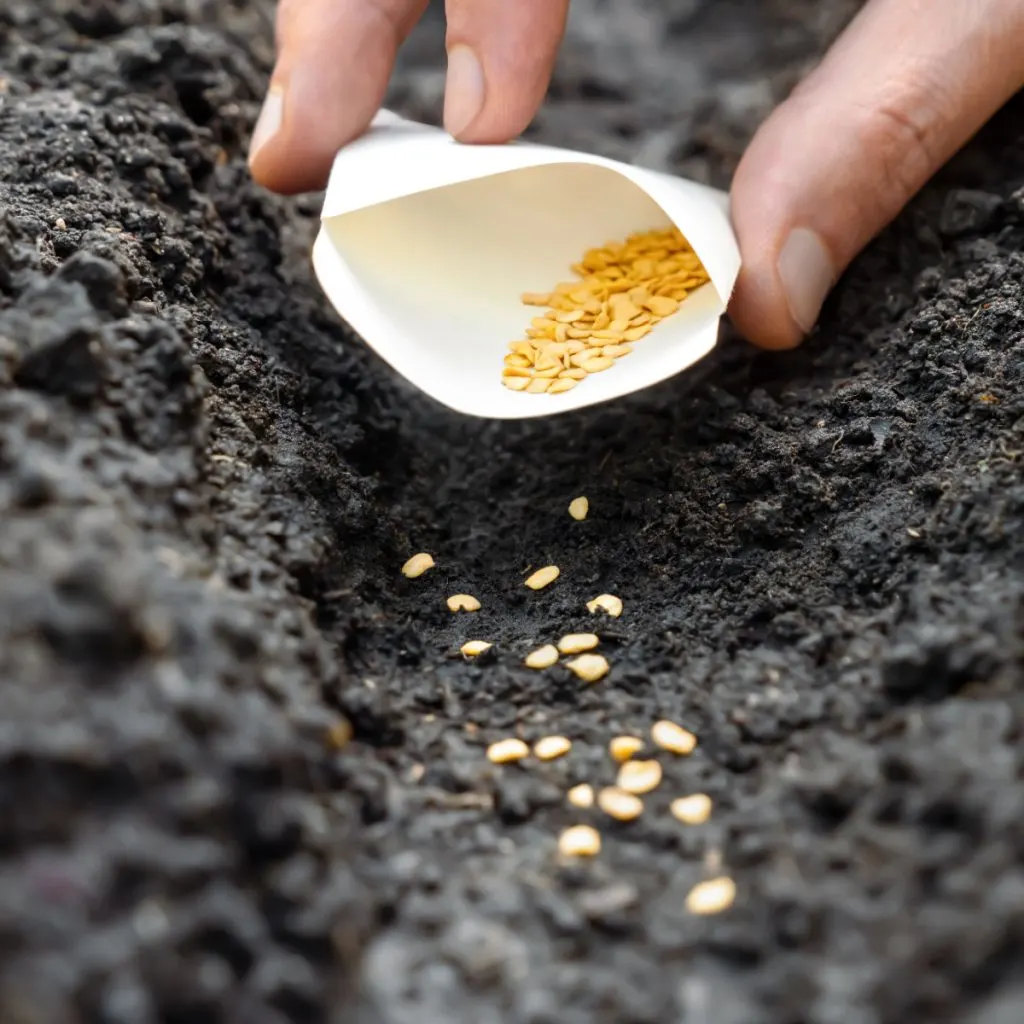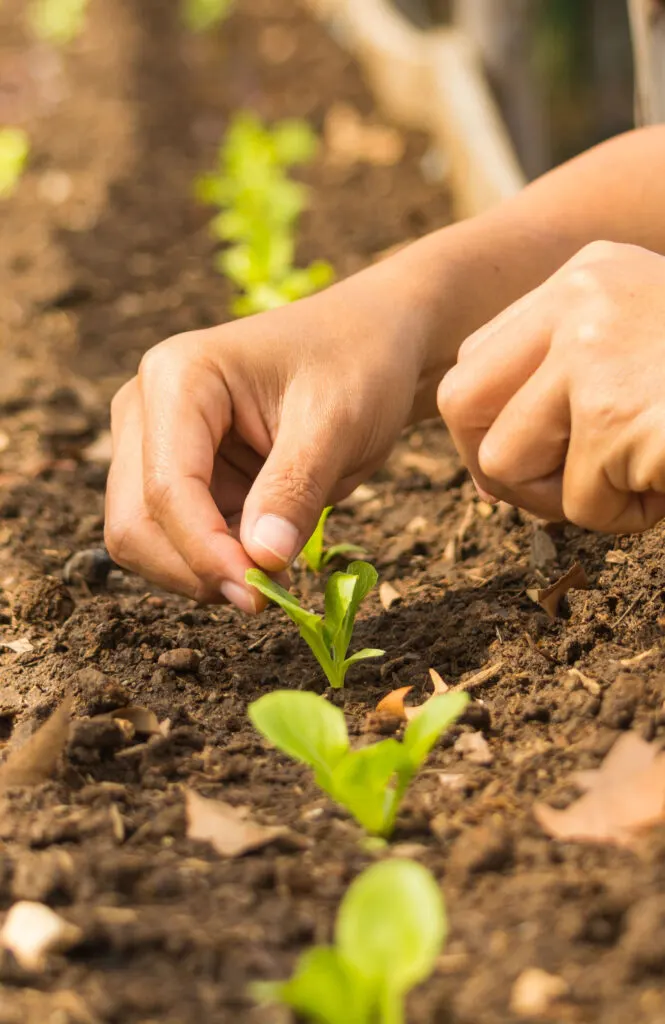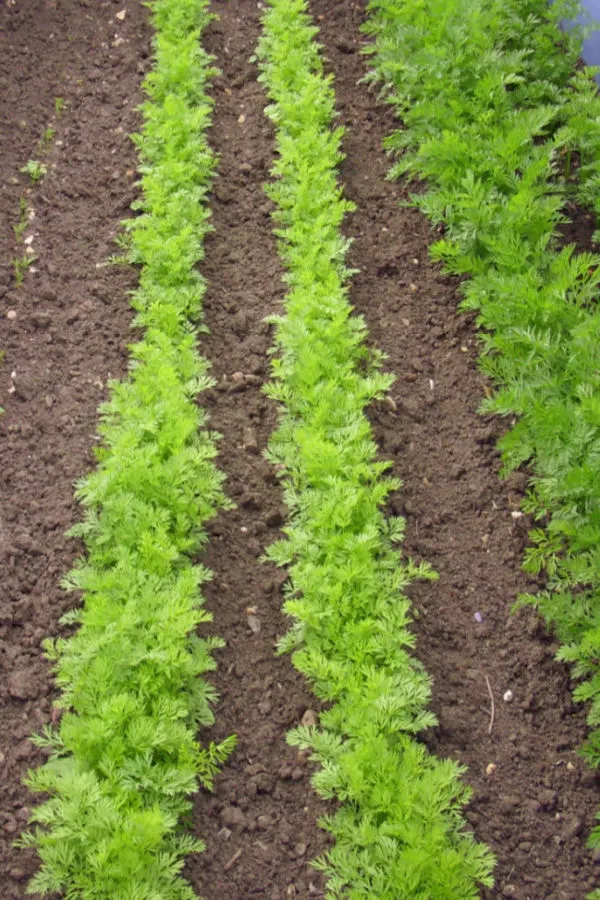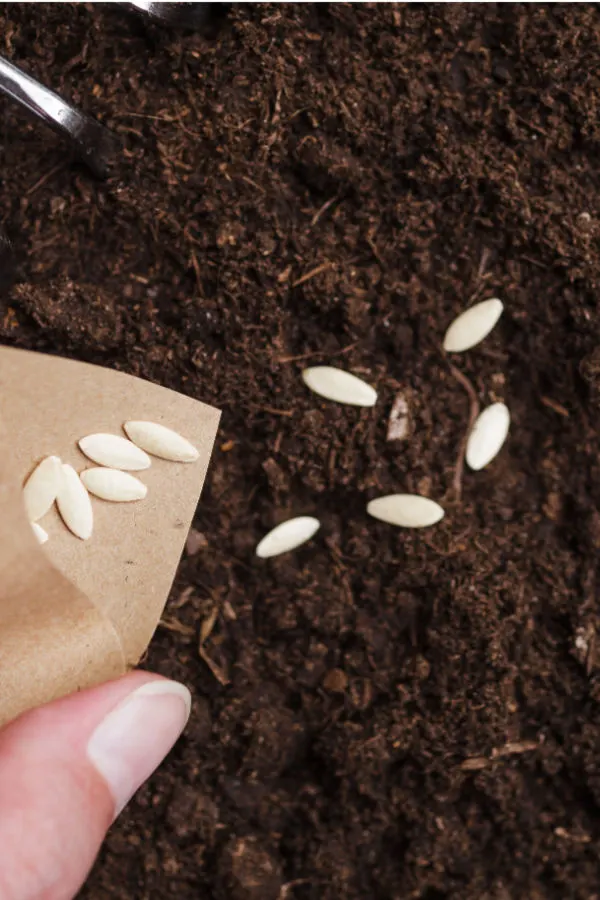One of the best ways to grow more food in your existing garden is to succession plant some or all of your garden space during your growing season. It also happens to be one of the best ways to keep a fresh supply of your favorite vegetables on the table all summer long!
Succession planting is the practice of spreading out crop plantings. First and foremost, it allows for a longer harvesting season of fresh vegetables. Unfortunately, crops that are planted at the same time also tend to ripen at the same time. And that means once they are done, so is the fresh vegetables for you.
But succession planting can also be ideal if your intent is to can or freeze a portion of your harvest to use year round. Big harvests are ideal for preserving – but not for consistent fresh eating.

Spreading Out A Harvest – How To Succession Plant In Your Garden
Quite often, when a crop produces all at the same time, it can be almost overwhelming. Especially if your plants are producing so much that you simply can’t consume or even preserve the vegetables before they all go bad.
Worse yet, once the crop finishes, you are left without having the vegetable fresh for the rest of the growing season. But by simply practicing the art of succession planting, you can spread your harvest out weeks at a time.
It not only makes gardening more manageable, but extends access to fresh vegetables over the entire length of the growing season. With that in mind, here is a look at some of the best crops that you can plant all season long – and how to do it!
How To Succession Plant – The Best Crops To Seed & Reseed!
Leafy Vegetables / Greens
Leafy vegetable crops are among the easiest and most productive of crops for succession planting. Lettuce mixes, kale, spinach and other greens begin to taste bitter after two or three cuttings. As plants re-grow, the foliage becomes woody and far from tasty.
To alleviate the issue, you can simply plant a new row or two of seeds every week or two. This allows the first crop to run its course, and as its flavor and crispness begin to fade, the crop planted a week or two later comes to the rescue.

The best way to approach your planting schedule is to sow the amount of seeds you think you will consume over a one to two week period each time. Then, just sow that same amount of seed every 10 to 14 days after seeding your first crop.
By the time the first row is aging, the next planting will be ready for fresh harvest. If you rotate two to three rows, you can usually pull up and re-plant the oldest row to keep the fresh cycle producing all season long. Affiliate Seed Link: Butterhead Lettuce Seeds for Planting 5 Lettuce Variety Pack/Seed Collection
Green Beans – How To Succession Plant With Ease
If you like the taste of tender, young green beans, succession planting can work wonders to keep you in tasty beans from summer until late fall!
Green beans are at their peak tenderness and flavor during their first few pickings. After that, the older the plant gets, the tougher the beans it produces. The skins become woody, and no amount of boiling the beans seems to soften them up.
The answer? Simply plant a new row of beans every fourteen to twenty-one days to keep fresh beans on new plants! It takes a bit of practice, but learning to plant only what you will consume every two to three weeks allows you to always have the freshest of beans.
If you like to can and preserve some beans, make one of your plantings extra large. This will give you a large harvest at once for preserving – but still keep a steady supply of beans coming on all year for fresh eating.
You can plant up until late summer to still have a final crop or two of beans at the end of the season. It’s far better than only having a single few weeks of delicious fresh beans! Affiliate Seed Link: Burpee Blue Lake Bush Bean Seeds

Radishes – How To Succession Plant In Your Garden
Radishes and are an excellent crop to plant and replant throughout the growing season. Planting a large crop all at once can leave you with a lot of woody, overgrown radishes once they pass their prime. But by planting a smaller amount every week or two, you can spread the harvest of tender radishes out.
Many varieties of radishes can be ready for harvesting in as little as 28 days. And when it comes to tenderness, the younger you can harvest the better. Radishes are at their peak of flavor in the early stages of growth. Affiliate Product Link: Cherry Belle Radish Seeds – Heirloom, Fast Growing Seeds
Sugar Snap Peas – How To Succession Plant In Your Garden
Some vegetables simply can’t tolerate the hot summer heat. Sugar snap and snow peas are certainly two that fall in that category. But that doesn’t mean you can’t enjoy more than one harvest of them each growing season.
Sugar snap peas perform best in cooler weather, making them perfect for a spring and fall planting. The first planting can go in the ground in early spring for a late spring harvest. As summer’s extreme heat begins to fade, plant a second crop for a mid to late fall harvest.

Both peas and beans are crops that actually improve the soil they grow in. The roots of the plants help to fix nitrogen in the soil, making it available for future vegetable crops. By moving your plantings of these crops to different spaces during the growing season, you can help rejuvenate multiple areas of your garden soil in the same growing season.
Sweet Corn – How To Succession Plant In Your Garden
If you love the taste of fresh sweet corn but are always disappointed with how short the window is for fresh-grown ears – succession planting is the answer to your problem!
Much as with beans, you can plant a new area of sweet corn every 14 days to have more fresh ears longer into the season. After sowing your first round of seeds, continue planting new seed every two weeks for the following eight weeks.
By doing so, you can have four different sweet corn crops spread over nearly two months of harvest time! One quick note on sweet corn, the crop relies heavily on proper pollination. By plantings in blocks instead of long rows, you ensure good pollination and production.
To do this with succession planting, plant in small blocks 3 to 4 feet wide and long. It’s a great way to keep a family of four in fresh sweet corn most of the summer! Affiliate Seed Link : Burpee Peaches & Cream Sweet Corn Seeds
Cucumbers – How To Succession Plant In Your Garden
Finally, cucumbers are another vegetable crop that you can replant to have fresh cucumbers from late spring until late fall.

Although cucumbers plants can grow all year long, most of the time, spring planted plants begin to fail by mid summer – whether to blight, age or cucumber beetles! See our article: How To Replant Cucumbers In Summer With Seeds – Replace Your Dying Plants!
The good news is that cucumber seeds sprout fast. And they have a fast 55 to 60 day seed to fruit maturity time. It means you can re-seed cucumbers in mid summer, and have plenty of time for fall produce!
Best of all, by planting again in mid-summer, the threat of mildew and cucumber beetles will be far less. And with the warm soil and air temperatures, the plants will grow and produce fast.
Here is to practicing the art of succession planting in your garden, and growing more food in your garden space than ever this year!
This Is My Garden
Follow Our Facebook Page For Great Gardening Tips And Advice! This Is My Garden Facebook Page
This Is My Garden is a garden website created by gardeners, for gardeners. Jim and Mary Competti have been writing gardening, DIY and recipe articles and books and speaking for over 15 years from their 46 acre Ohio farm. They publish three articles every week, 52 weeks a year. Sign up today to follow via email, or follow along!
